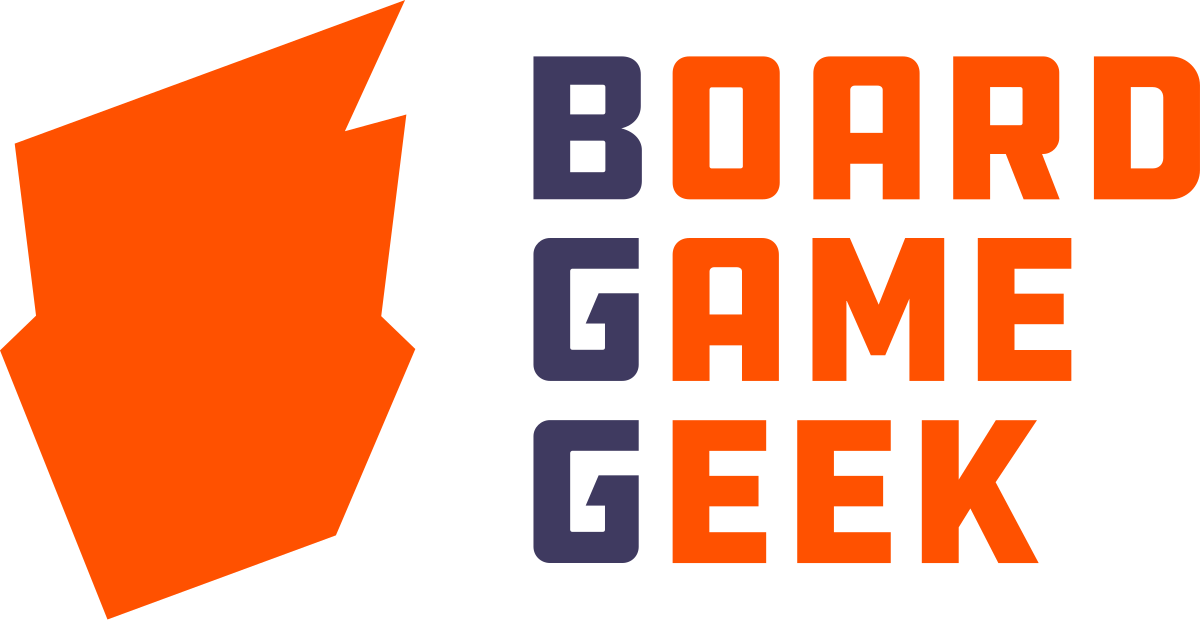(this is guest post by Michal Oracz)
Neither Neuroshima Hex nor Theseus, and especially not Witchcraft are particularly story oriented games.
I’m not even trying to delude myself that these tactical monsters will take my players plunging into a different world, full of metal corridors, blue fog and radioactive fumes. These are all tactical games, kind of logical, while based in my beloved worlds – the postapocaliptic Neuroshima and the claustrophobic space horror.
Does that mean I don’t like story games?
Just the contrary – I love them.
In the last decade we created a lot of roleplaying games in Portal, among these two major lines. First, Neuroshima rpg – a 400 pages long rulebook and 23 expansion-books. All of these together with the anthology of short stories makes more than three thousand and five hundred pages describing the world of Neuroshima.
This universe has nested board and card games such as Hex, Convoy, 51st State, New Era, the Polish edition of Resistance, as well as a tabletop war-game called Neuroshima Tactics and a computer game Neuroshima Apocalypse.
Our second big rpg title is Monastyr, a dark fantasy game set in a world at a breakthrough between the age of knights and the age of industrialism. This world is ruled by xenophobia, populated by extremely intolerant and permanently stirred nations that form an anti-pagan alliance. Where the second part of the world is still filled with the hated magic. It’s a world divided in every aspect: religious fanaticism against rational cynicism, the pope against the emperor, union of men and technology against the world of magic, the underworld against the surface world, humans against the other races. For Monastyr we created 8 expansion-books and an anthology of short stories. Also the boards game Stronghold was set in it.
This is what we did for a dozen or so years. That was our job, hobby, passion. We created worlds, stories, we worked on characters and locations, events and threads, factions and challenges.
And this is where I feel best.
Most of my unfinished drafts and board game projects are mostly all kinds of adventure-story games, sometimes very weird ones.
Somehow, don’t ask me how (well mostly by coincidence) only my strictly strategic games were published so far. And so when you take Hex’s manual in your hand, or any of the expansions, you may under an impression that it was written by a robot.
I assure you, I’m not a robot 🙂
Using the space that Ignacy has given me on his blog, I’d like to sneak in a handful of curiosities; they will be a little hermetic and will concern the story that is hidden in or behind all of my tactical, board creations.
You must know that factions in Neuroshima rpg are very closely related to one another and are not as divide as in the board game NS Hex. A random example: Borgo. Mutants on the board fight against Moloch, in the world of Neuroshima rpg they kind of do the same but not really. Mutties often paranoid respect any kinds of technology, you can stumble upon whole altars raised from old engines and devices. Many mutants consider Moloch to be their god. To be honest Moloch is indeed their creator because in NS mutants are not an outcome of radiation nor magical anomalies, instead they are the effect of Moloch’s genetical experiments. It is Moloch that creates new species of a post-human, capable of existing in a completely devastated world. They are bred in terrariums that look like Moon’s landscape – desolate. Nobody knows why, since it was Moloch that initiated the destruction of the entire human civilization and took control over what remains. Naturally as authors of Neuroshima rpg we know perfectly well why but we left it hanging in the corebook as one of the few unanswered mysteries of this world. Moloch created many species of mutants, it’s armored convoys spread them all over the continent. Mainly in the proximity of the Mississippi river – the most noxious area of them all. As to Borgo himself – a charismatic cyber mutant, he rallied some a part of the mutants under his banner – hatred towards mankind.
Oh, yes. The factions they do mix – and it’s visible almost in every aspect of NS Hex.
The newest expansion for Hex is the Mississippi faction (as usually stripped of a complex story that can be found on the pages of Neuroshima rpg). We will find many mutants in the grounds adjacent to the Mississippi river because the river it Moloch’s main testing ground for new species. One of them being the Sharrash rats – independent but despite that they do a good job protecting the underground roads near Moloch’s borders. These mutated rats can also be found solo, for example in the area of Mississippi. Since humans are particularly distrustful towards mutties, that don’t look like homo sapiens, the mutated rats never take of their masks. Of course their looks are not exactly those of a normal rat, they are more like the batfaced vampires from the movies made after the year 2000. But hey, it’s better to keep your mask on, especially with a face like that.
And now a curiosity: well among the Hex’s Mississippi you can find one of the Sharrash rats – I’m curious if you can recognize him.
How about another piece of the Mississippi story? In the manual you one can encounter a strange rule called Dead Breath. When both armies will go down to zero during the battle, Mississippi wins. Why? Naturally to get rid of the unresolvable draw in the tournament rules (while using the tournament rules almost every draw is resolvable).
But what is it about story wise?
Dead Breath is a disease that made its first appearance in the area of Neuroshima’s Detroit and changed the city into a closed fortress. This disease changes people into bloodthirsty – let’s not beat around the bush – zombies. Where did come from? Who, one day, delivered its source in a metal container to the border area of the ruins of Detroit? And why was it opened? By whom? Officially it’s not known. All fingers point at Moloch and yet one of its sick experiments, aiming to prove something, to check something. Why in that case a unit that draws with Mississippi loses? Since for this faction a draw is actually a win? And why is this form of winning called – Dead Breath. Precisely, it’s a suspicious relationship, isn’t it?
In many places of the Hex there are resins hidden and they are very no more no less a kind of hermetic references to the world of Neuroshima rpg.
Does this introduce anything to the game? Absolutely nothing.
Why are this story based ‘winks’ in a game like Hex? Absolutely for nothing.
It’s just additional fun during the process of creation. Creating game, even such tactical monsters, should be mainly based on fair fun. For example a fun game of hiding the raisins.
PS. I just can’t wait when my new game comes out, since I have this feeling that the constant discussion about Hex, Theseus or Witchcraft is starting to sound with an echo of a bothersome mantra 😉

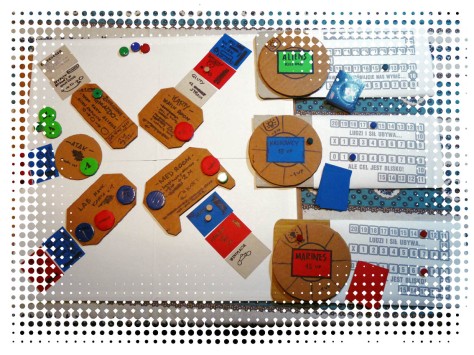




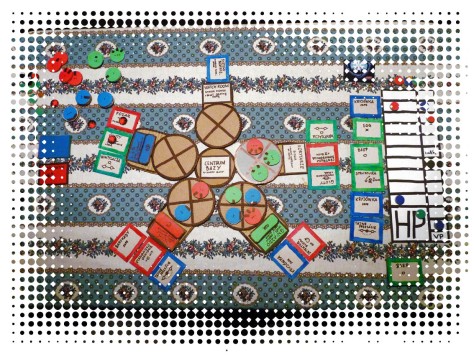


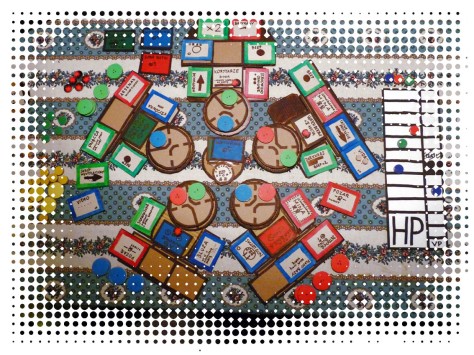




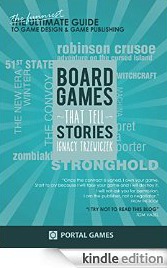
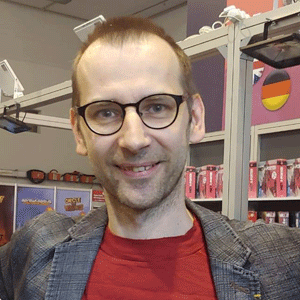 I strongly believe that good board game is the one that tells a good story. You play it and suddenly you are sucked into it, you feel chills on the skin. Emotions grow. In a moment you defend castle. You hear roar of warriors. You smell boiling oil. You are into it.
That's how I design my games. I always want to tell a good story. I want players to be into it. As deep as possible.
I strongly believe that good board game is the one that tells a good story. You play it and suddenly you are sucked into it, you feel chills on the skin. Emotions grow. In a moment you defend castle. You hear roar of warriors. You smell boiling oil. You are into it.
That's how I design my games. I always want to tell a good story. I want players to be into it. As deep as possible.